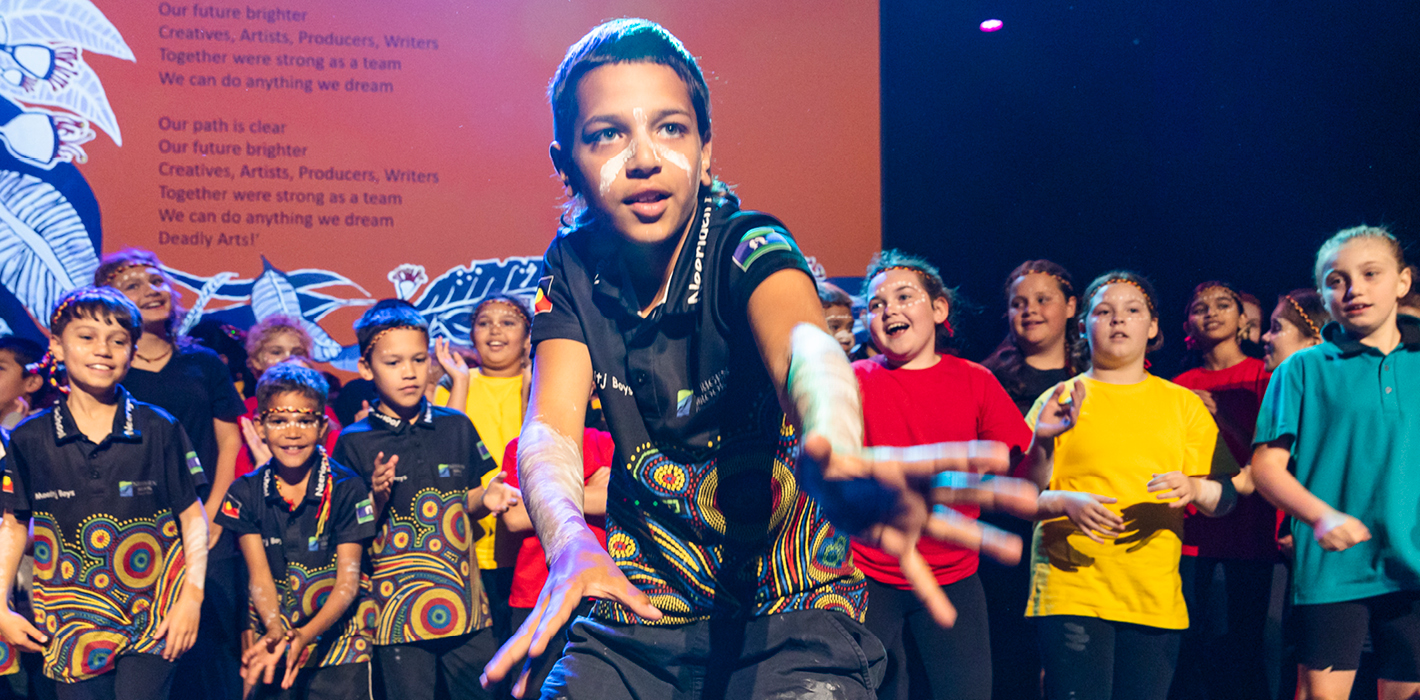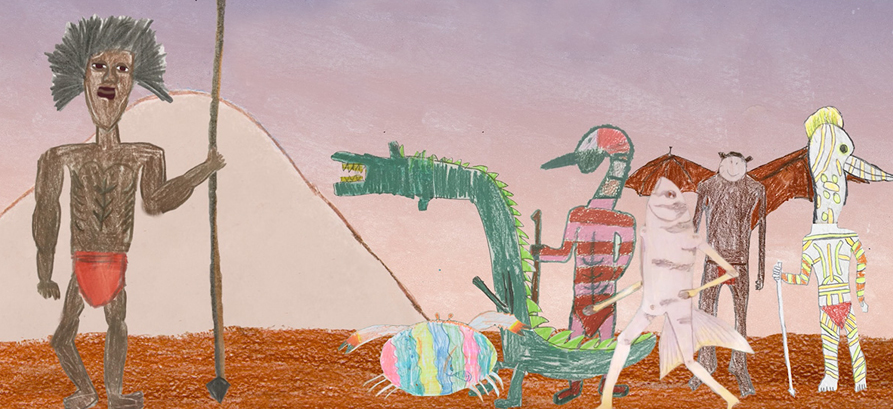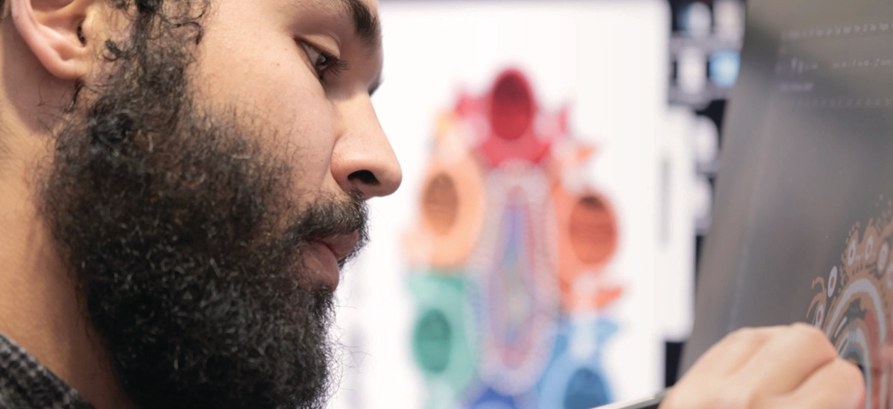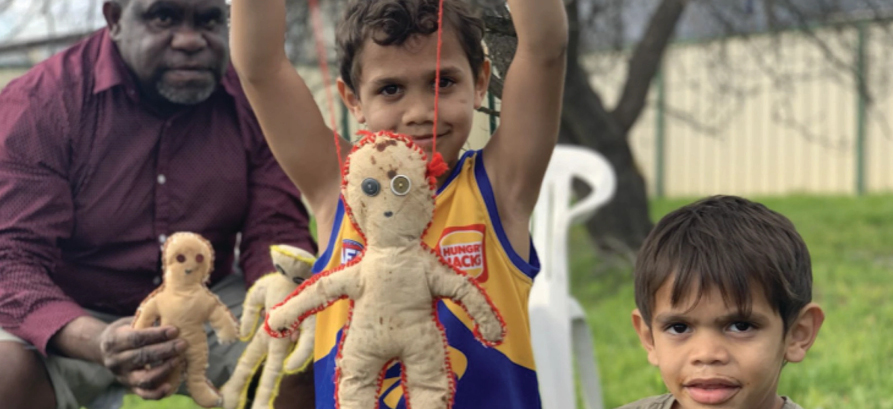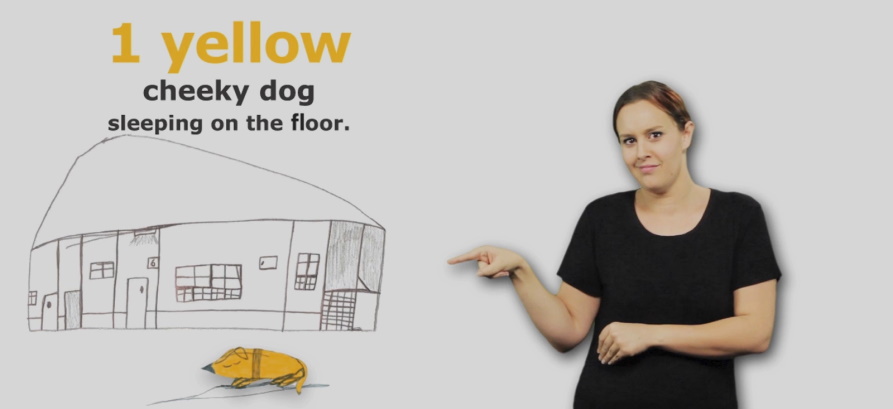With National Reconciliation Week fast approaching, it’s time to start planning. ARTS:LIVE has a multitude of resources to help you plan curriculum aligned arts learning lessons to support the week. These practical, easy to use resources cover all art forms and primary years, and will support your class to explore reconciliation, respect and understanding, while developing students’ critical and creative thinking.
Start the term by engaging your students with rich cross-discipline and integrated learning experiences. Experiences that encourage them to look and think broadly and deeply about our world. These ARTS:LIVE lessons will provide opportunities for students to clarify concepts and ideas, consider alternatives and solve problems. They can also help build a classroom culture where students’ thinking and dispositions are valued, enabling them to take risks in their learning in a safe environment.
The resources also provide integrated curricula to quickly and easily source and plan engaging, integrated inquiry units and learning experiences. The lessons encourage student involvement, higher order thinking skills, and scaffold students’ critical and creative thinking.
Get started today with one of these ARTS:LIVE courses:
1. Respecting Country and Story:
 Dance, Drama, Media Arts, Music & Visual Arts Ages 5 – 12
Dance, Drama, Media Arts, Music & Visual Arts Ages 5 – 12
Woonyoomboo: The Night Heron
Develop your students’ curiosity and respect for Country, by exploring the creation story from the Nyikina community of the Kimberley region of Western Australia. This lesson authentically addresses cross curriculum priorities of Sustainability and Aboriginal and Torres Strait Islander Histories and Cultures, as well as providing opportunities to develop and deepen students’ capabilities in Critical and Creative Thinking and Intercultural Understanding.
2. First Nations-led Art and Culture:

Artists in our Community
Encourage students to ‘think like artists’ with direct access to multidisciplinary artist Tyrown Waigana and The Song Room’s Teaching Artist, Rickeeta Walley. The resources encourage students to reflect, ask questions, and express their ideas about the world around them using nature as their inspiration. Also included are tips for culturally responsive teaching and authentic connection with First Nations communities.
3. Telling Stories through Art:

Yarning on Wiilmen Boodjar and Traditional Doll Making
Discover the significance of Deadly Arts yarning, yarning circles and storytelling from two Noongar artists, Marcelle Riley and Yolande Yarran-Ward. Develop an inclusive and respectful space where students feel safe to share ideas and be listened to; through sharing their own stories, listening to each other and respecting different viewpoints, students develop empathy, make stronger connections, as well as increase their sense of belonging. Reflect on connections to people, places and communities and make traditional dolls so that students can share their own stories.
4. Connection, Community and Inclusion:

Too Many Cheeky Dogs
Students will learn about Indigenous culture, Australian animals, and what it’s like to live in remote Australian communities like Northern Territory’s Tennant Creek when they step inside the pages of Johanna Bell and Dion Beasley’s children’s book ‘Too Many Cheeky Dogs.’ This resource explores Process Drama techniques and also introduces young people to sign language, exploring disability through the book’s presentation and translation into Auslan (Australian sign language).

